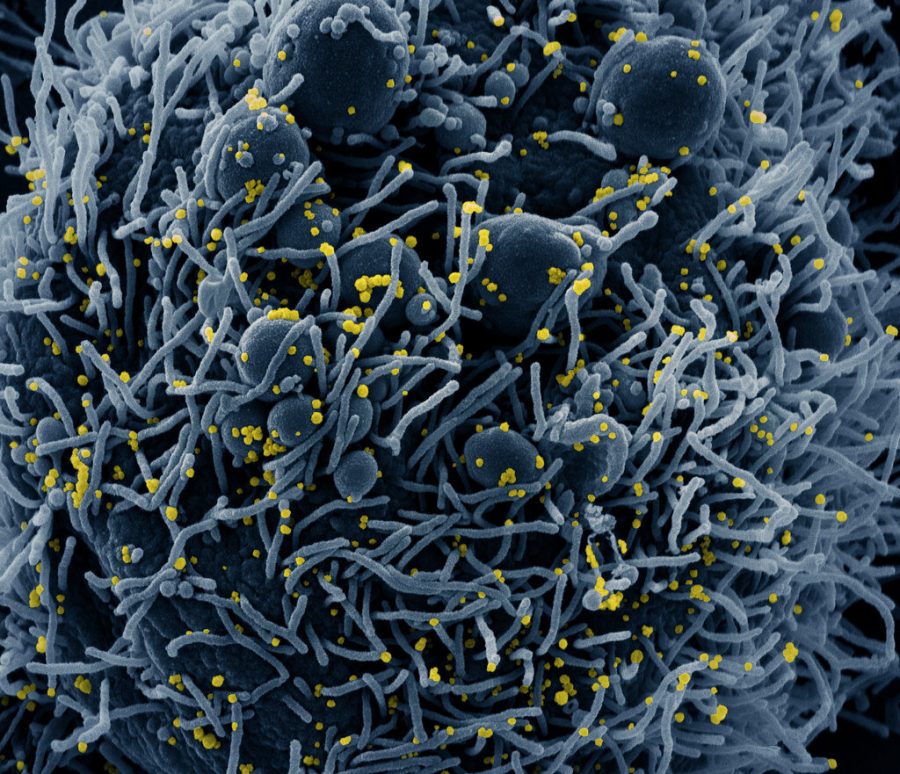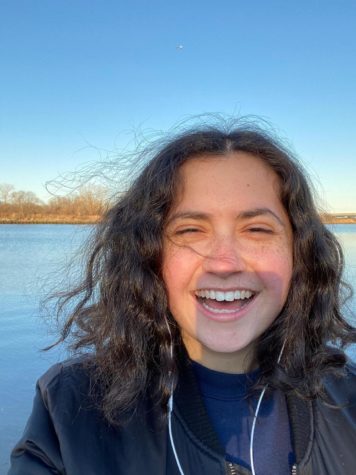As NYC leads the country in cases, several hidden coronavirus hotspots pop up
April 18, 2020
With New York City being considered the “epicenter of the epicenter” of the COVID-19, or novel coronavirus, pandemic, it has been receiving much of the attention of the government and media.
Other large cities across the country, such as Seattle and Miami, are also being discussed often when it comes to coronavirus coverage, since these densely populated cities are where the virus has been causing the most damage.
However, this laser focus on the biggest cities might be hiding some other intensely growing hotspots around the nation that can be found in more rural or suburban areas.
The reason that New York City has racked up the highest case load in the United States is because of the city’s high population and extremely crowded nature, with high rise apartment complexes housing hundreds of families and houses very close together.
New York has so many cases because it has so many people.
A town with a population of 1,000 could never reach as many cases as New York can, because even the city’s least-populated borough has over 470,000 people living in it, so one location has the potential to have up to 1,000 cases whereas the other has the potential for over 470,000 cases .
But, following along with this example, the small town could still end up with a higher percentage of the virus than the borough of Staten Island, or the city as a whole, quite frankly.
That’s because 900 sick people living in a town of 1,000 people is more than 900 cases in a borough of 470,000, percentage wise at least.
A recent article from The Scientific American touches on this idea, explaining that there are hidden hotspots of coronavirus across the country that people should be looking out for, even if the media isn’t paying them too much attention . 2
As of press time, there are 510,037 confirmed coronavirus cases in America, with New York being the state with the highest rate of confirmed cases, currently having 159,937 . 3
While it’s true that several big cities around the country are racing a steep uphill battle against the virus, a team of researchers from the University of Chicago found that there are also clusters of the disease in less populated parts of the country when they adjusted the numbers for population size.
The team compiled data on the amount of confirmed coronavirus cases and deaths on a state and county basis and then weighed them by the area’s population size to see how much of — or what percentage of — that area actually has the virus.
“When you flip from just state-level data to county-level data, you get a lot more information,” Assistant Director of Health Informatics at the University of Chicago’s Center for Spatial Data Science Marynia Kolak said. “For example, there are a lot of areas in the South where the population is a lot smaller, but the proportion of people who have [COVID-19] is a lot greater. So that can cause potential challenges, because even though there are less people who have the virus, there are also correspondingly fewer hospital beds, [intensive care units] or ventilators.”
The maps that Kolak and the research team put together to display their findings show several more hotspots when weighed by population than just according to how many cases present.
According to their maps, there are hidden coronavirus hotspots in Osage County, Oklahoma; Albany, Georgia; Nashville, Tennessee and Jefferson County, Montana, among other places.
“As of March 29, the county cluster encompassing New York State, New Jersey and Massachusetts still had the most confirmed infections both overall and per capita: 76,273 cases, or about 22 per 10,000 people. Yet Albany, Ga., had the second-highest number per capita: 13 cases per 10,000 people. That figure was much higher than those of other well-known hotspots, such as Seattle, which had about eight cases per 10,000, and San Francisco, which had two per 100,000,” The Scientific American article explains.
A lot of these hotspots with smaller populations had less overall coronavirus deaths but a higher death rate.
For example, whereas the New York- New Jersey-Massachusetts area has suffered many deaths, it actually has a lower rate of death than Albany, Georgia. The group of those three states has a collective death rate of 1.4% while Albany has a death rate of 7.65%.
Part of the problem in these less-populous hotspots is that they may already lack enough access to medical care to begin with, which, when coupled with the fast-spreading coronavirus, can spell deadly consequences.
Additionally, according to the article, many residents of the south, which is where many of these hotspots are located, are older people and people with pre-existing health conditions, making them more susceptible to the virus.








